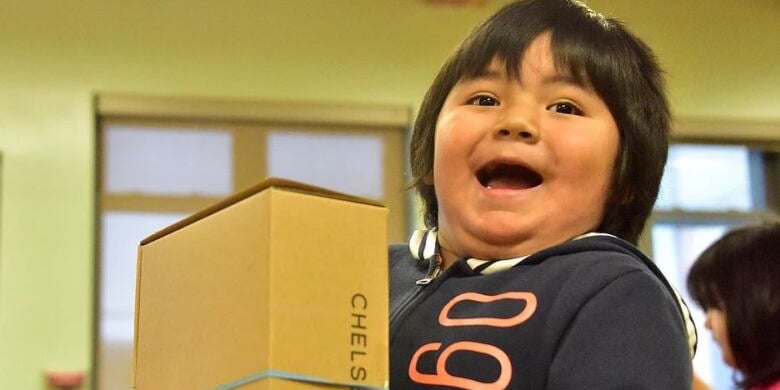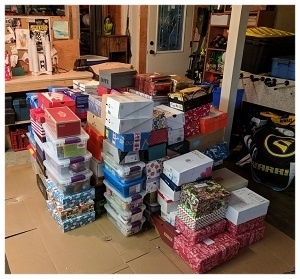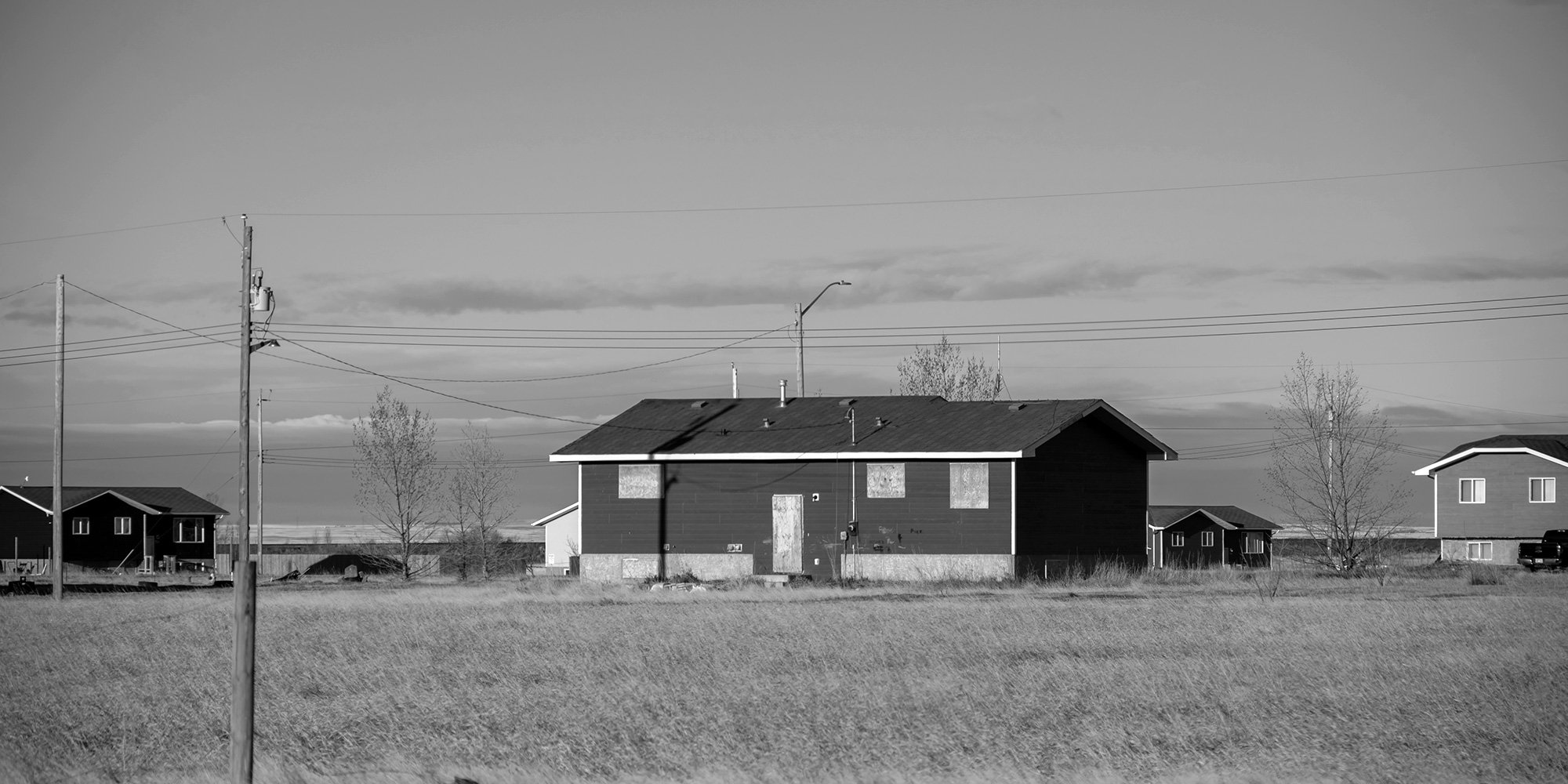Inadequate Housing and Crowded Living Conditions - #3 of 8 Key Issues
Indigenous People face the worst housing outcomes in the country. Hon. Marc Miller, Minister of Crown-Indigenous Relations [1] To understand the...
2 min read
Bob Joseph December 07, 2017

Sometimes it’s the simplest gestures that have the greatest impact. The Shoebox Campaign is one such example. If you are unfamiliar with the campaign, it’s a very simple concept. Fill a shoe box with age and gender-appropriate gifts, write a note to the student to let them know you care and encourage them to continue in school, include five dollars for shipping, and drop it off at a collection point. Or, you can order pre-filled shoeboxes online. It’s that easy. And so effective. Schools in the program see an immediate drop in absenteeism and an increase in enrollment.

The Shoebox campaign is the first step in building relationships between Indigenous students in remote communities with their peers in the south, and creating excitement in these students about school.
I Love First Peoples (ILFP), a majority Indigenous registered charity founded in 2014, began the campaigns as a means of showing support for Indigenous students to stay in school, and to show students that people outside their communities care about them, and their futures. The initiative is not to be confused with similar ones that support the homeless or people in developing countries. I Love First Peoples’ Shoebox Campaign is specifically intended to support education and is run year-round. While there is an extra boost to promote the initiative in November and December, the boxes are distributed in the spring during school celebrations events.
Lynn Cole, inspired by the late Gord Downie’s challenge to Canadians to take action on reconciliation, started the Victoria chapter in late October 2017. Armed with the commitment of her family and a group of other dedicated volunteers, she has set a goal of filling her garage with 1000 shoeboxes by mid-December. “Listening to families having conversations with their children as they are packing these boxes and informing them about the existing situations in our Indigenous communities is so empowering. And that feeling of empowerment is strengthened when speaking with school groups and explaining to the students that in Canada there are communities where kids their age don’t have access to running water, that children in some northern communities are in dire need,” says Ms. Cole. For more on the realities of Indigenous students in many remote communities, please visit read The Facts.
How does ILFP decide which schools to work with?
We are often asked, how do we choose a community to support? While we focus our efforts on remote and semi-remote communities where resources are often scarce, our primary criteria in selecting a community is not the need for resources — it is actually unity in purpose — a shared vision for empowerment and a desire to achieve long-term objectives for education.
Since 2013, we have been serving the community of Rapid Lake, Quebec. We also serve Attawapiskat, Ontario and Ahtahkakoop, Saskatchewan. [1]
ILFP representatives work closely with school administration in the communities to ensure that the program is a good fit for the school. The program is spreading and ILFP is now working with several communities. ILFP chapters are popping up all across Canada - 35 at last count. The goal of ILFP is to have multi-chapters in each province and territory.
Schools in the program see an immediate, positive response in the students. “In Rapid Lake, Quebec, the first community ILFP worked with, after the first year of having the Shoebox program, they saw a 30% decrease in absenteeism and a 40% increase in enrollment,” says Ms. Cole. That’s a great outcome for such a simple gesture that’s so easy to enact.
[1] I Love First Nation Peoples website
Featured photo: I Love First Peoples

Indigenous People face the worst housing outcomes in the country. Hon. Marc Miller, Minister of Crown-Indigenous Relations [1] To understand the...

When we prepare an article for our blog, Working Effectively with Indigenous Peoples®, we put considerable thought into the title - how will it...

I wrote this article because I frequently see postings on Facebook asking people to “like” the “Merry Christmas” greeting and denounce the “Happy...